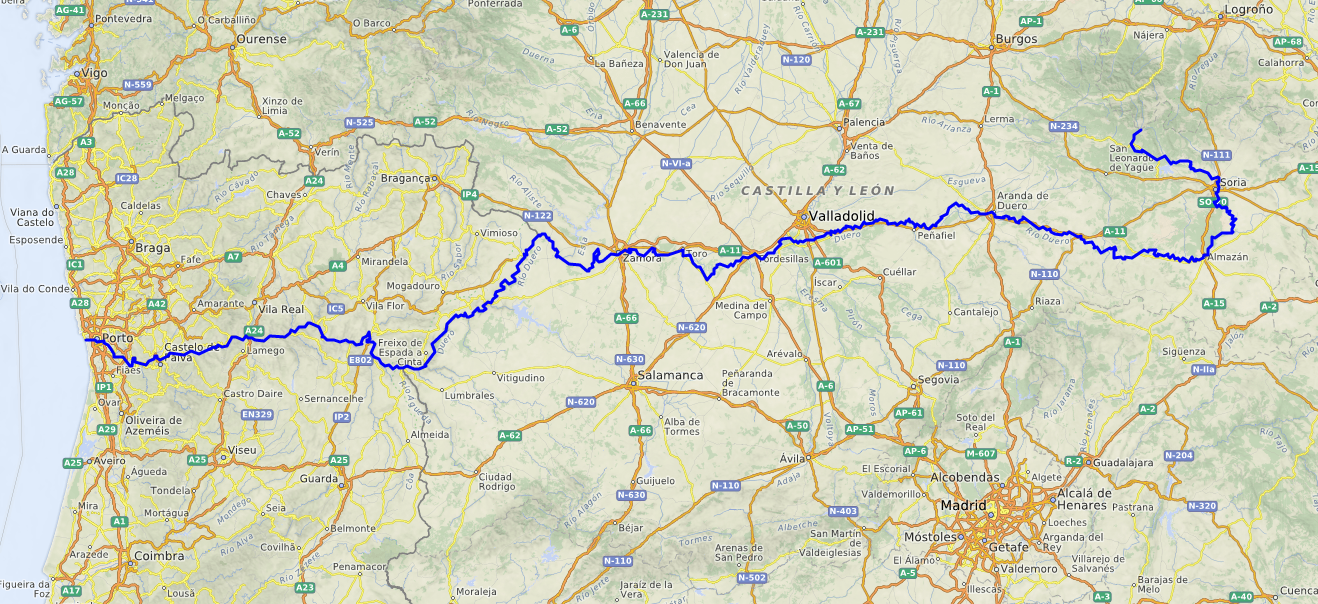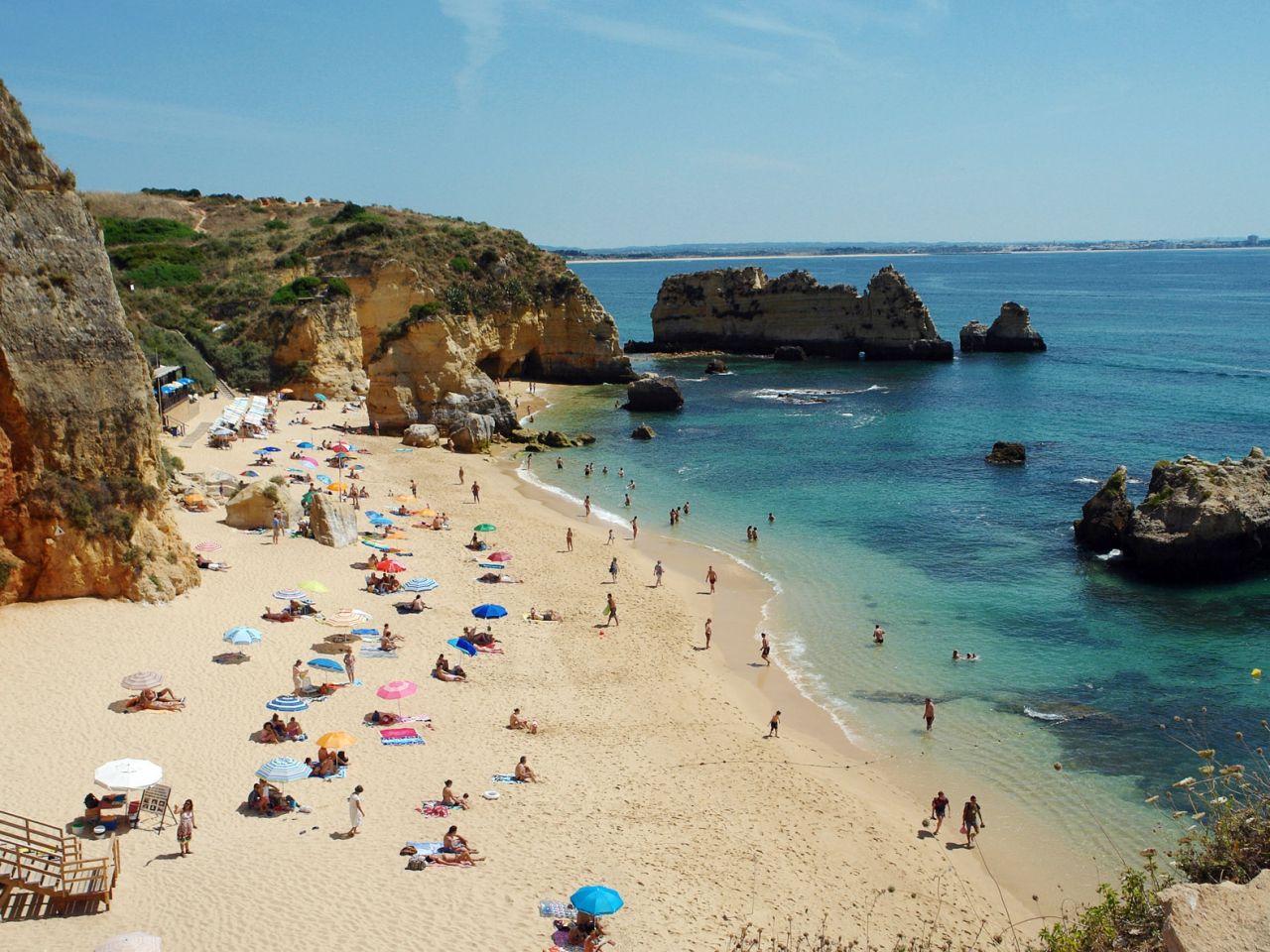
The Douro River Valley, the meandering, terraced region that produces the country’s famed port wine, is one of Portugal’s most appealing regions. The Douro Valley is the world’s oldest wine region, and it has been a long-time destination for interested wine enthusiasts. The region is home to plunging terraced vineyards and is lined with traditional quintas that have been passed down from generation to generation.
The Douro Valley, which is located in northern Portugal, has retained its sense of being a hidden gem. In truth, getting there from Porto is as simple as taking a scenic train journey or driving there—making it possible to visit for a day trip, but we recommend staying for the weekend if possible.
A car rental is the most convenient method to see as much of the Douro Valley as possible. Visit many quintas while you’re at it. Several of them are private, while many others are open to visitors. The majority of the quintas that are open to the public gives a tour followed by a sample of numerous wines, according to their website.

In the absence of a vehicle, taking a boat from Porto to the Douro Valley is a slow but beautiful way to see the sights (a seven-hour trip). Rail services between Porto and the two major towns in this region, Peso da Régua and Pinhão, are available as well. Neither town is very interesting, but both offer hotels and serve as a convenient home base for exploring the area’s quintas and other attractions.
Régua is home to two main streets and the Douro Museum. One of the building’s most prominent features is a rabelo, a classic flat-bottomed boat that was previously used to ferry barrels of port from the Douro to Porto. Pinhão, which is even smaller than Régua and has only one major street, has a distinct sense of being more thoroughly steeped in Douro culture and landscape.

A guidebook, online study, or local counsel can assist you in comparing quintas. Quinta do Panascal, which produces the well-known Fonseca port, is a good example of such a location. The fact that it’s a commercial enterprise makes it feel special, in part because of its secluded setting and, in part, since it is one of the few places that allows guests to stroll freely among its terraced vineyards.
Visit the small, family-run quintas. Quinta de la Rosa, near Pinho, and Quinta de Marrocos, near Régua, both of which are family-run establishments that welcome guests and also rent out rooms in their family farmhouse.
If you have the opportunity, staying at a quinta for a night or two is highly recommended. You’ll be treated as a guest at a local family’s house, and you’ll have the opportunity to take in the breathtaking scenery just outside your window. It’s a unique and unforgettable experience, and it’s the finest way to obtain a deeper understanding of this delightfully drinking piece of Portuguese culture.




